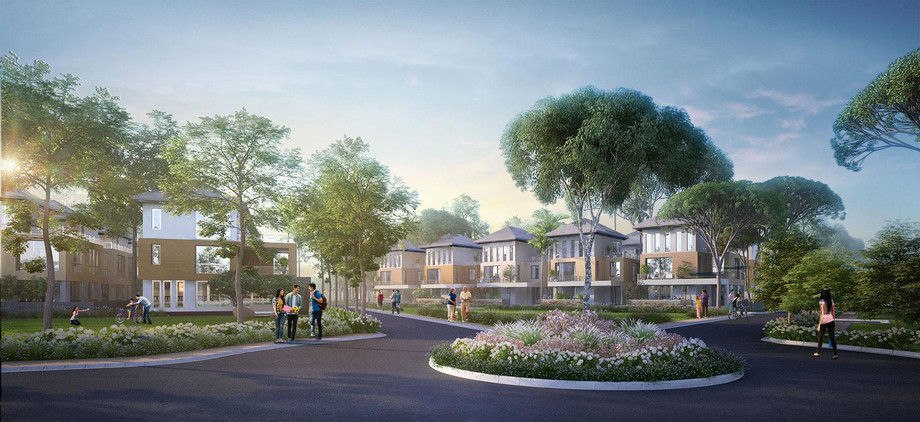Architectural rendering is a powerful method to present the ideas and designs of buildings and structures precisely. This is the process that makes the entire presentation realistic. Adding texture, lights, and colors is here to enhance the feeling of realism, but one cannot deny that putting people in the rendering takes the entire representation to the next level. Integrating human figures into your architectural visualizations can add a sense of scale, activity, and realism, making the design more relatable and engaging. Though it is important to look carefully at the prospective client’s demands before you jump into adding human figures to your rendering, However, if you have made up your mind to add human figures to your 3D creation, follow the tips and tricks to come up with an awe-inspiring output.
- Reflect on the purpose:
Each rendering serves the purpose of something specific. So, the details in the rendering show must be associated with that purpose only. Think before you add human figures. The purpose will tell you what kind of human figure is necessary for it. For example, if a designer is showing the canvas of a public park, people with recreational activities will go perfectly with it, whereas when an office area is showcased, adult people in office attire will suit the scene.
- Be mindful of the context:
Expert designers always pay close attention to the context of the rendering. The urban context differs from the suburban one. So, when setting the figures, think carefully about the differences in behavior and clothing for different areas and contexts. This understanding will add authenticity to the project.
- Choose the right scale:
The people model must fit into the rendering. To fit the people in the rendering, one must choose the right scale for them. The scale of the people must match the scale of the building and other things in the rendering so that the viewers can get an accurate size of the elements. The mismatched scale can lead to an inaccurate understanding of the entire project, increasing miscommunication.
- Natural poses and activities:
To come up with a fantastic, realistic look for the rendering, use natural poses. Avoid stiff, unnatural poses in the rendering. Depict people engaged in everyday activities that relate to the space, like walking, talking, working, or enjoying leisure time. This adds dynamism to the scene.
- Lighting and shadow considerations:
Make sure the lighting and shadows on the people match the lighting in the rendering. This gives the figurines a sense of reality and helps them blend into the scene.
- Use high-quality illustrations:
Spend money on high-quality 2D or 3D human models with realistic details and textures. Figures of poor quality can detract from the overall quality of the rendering.
- Incorporate Diverse Figures:
Include a range of people of all ages, genders, and races to create a more inclusive and representative portrayal. This reflects the range of potential users or occupiers and makes the design more approachable.
- Invest time in designing people's models:
Once all factors have been studied and agreed upon, it is time to build and bring the concepts to life. When designing the people's model, consider your ideas carefully. Take your time with each observation of your figure model.
Incorporating humans into architectural representations is an art that demands meticulous attention to detail as well as a sense of context, scale, and purpose. When done well, it brings your designs to life, making them more approachable, interesting, and ultimately more successful in communicating your architectural vision. Mastering the art of adding people to architectural drawings is a key talent that increases the impact of your work, whether you're an architect, designer, or visualization artist.

